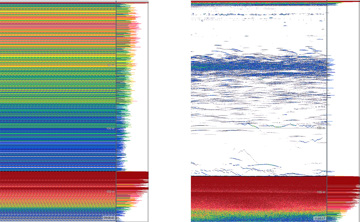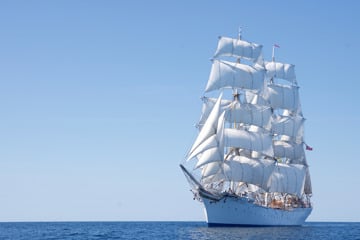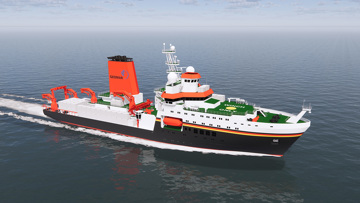
Kongsberg Discovery Ocean Science is a principal manufacturer of scientific echo sounders and instruments for the ocean science world. We offer a range of systems for exploring the oceans. The systems are modular and provide a range of configurations to suit different types of surveys.
Products
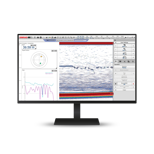
Scientific echo sounder
Scientific echo sounder systems
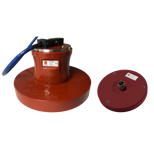
ADCP
ADCP systems

Multibeam/Sonar
Scientific Multibeam and Sonar systems
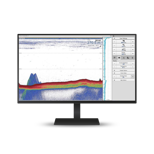
Single beam mapping echo sounder
Single beam mapping echo sounder systems
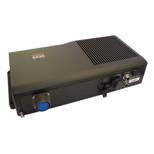
Transceivers
Transceivers for scientific echo sounders
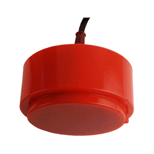
Transducers
Scientific echo sounder transducers
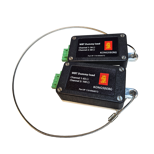
Test Equipment
For calibration, maintenance and trouble shooting
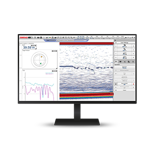
EK80
Software for scientific echo sounders and ADCP
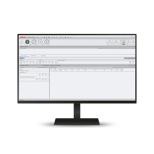
EK Mission Planner
EK planning tool for autonomous missions
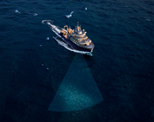
ME70
Scientific multibeam echo sounder

ME70 Bathymetric option
Scientific multibeam echo sounder with bathymetry
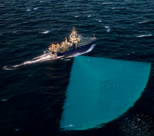
MS70
Scientific multibeam sonar
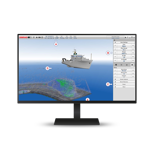
TD50
3D visualization software
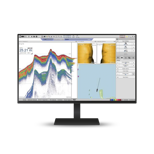
EA440
Cost-efficient single beam mapping echo sounder
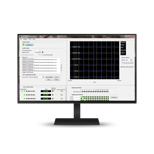
K-Sync
Synchronization unit
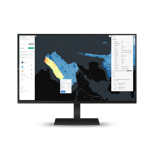
Geomatics
Powered by Blue Insight
Get in touch!
In addition to our many offices around the world, our global dealership network enables distribution to more than 100 countries to meet customer needs at any location. Find your local dealership or Kongsberg Discovery office here.
